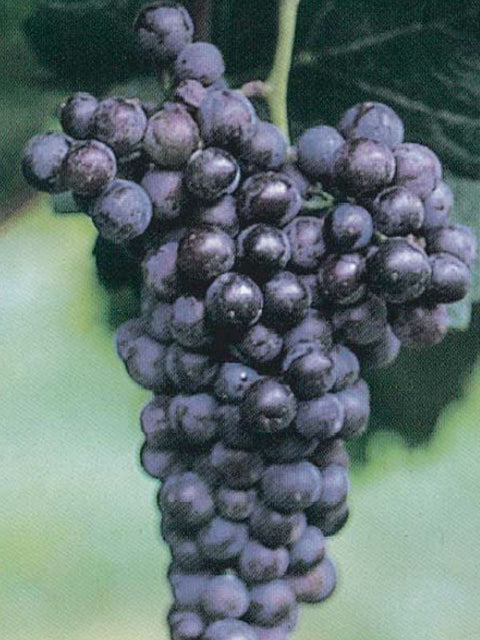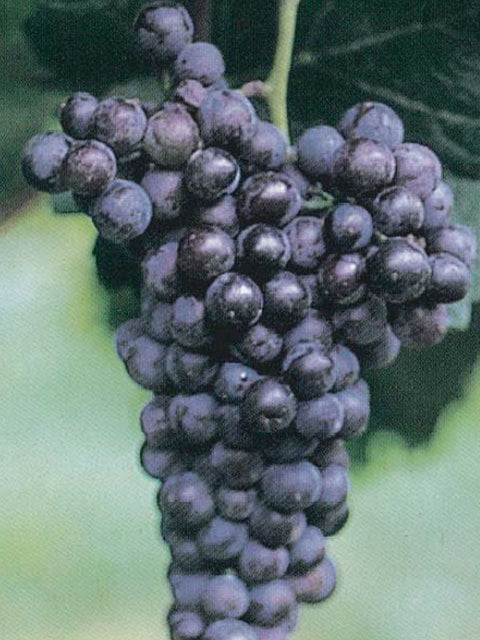

Raboso
Red wine with a strong and lively character, withfruity notes of blackcurrant and morello cherry. Thanks to the careful vinification, it isharmonious and soft, while maintaining the typicality of the grape variety. Perfect withrustic appetizers and cured meats, ideal withbread and salami. Available exclusivelyin the cellar.
Raboso is a red wine typical of the Veneto region , rich in character and tradition.
Obtained from grapes harvested at the end of October , it is cultivated with Guyot , GDC and Free Cordon systems on medium-textured soils, rich in microelements and with a calcareous structure , which enhance freshness and aromatic intensity .
On the nose , intense aromas of blackcurrant and morello cherry emerge, while on the palate it stands out for its lively and harmonious taste.
Thanks to careful vinification , this Raboso Piave softens the typical characteristics of the grape variety, offering a pleasant, round and authentic sip.
Pairings: Ideal when young with Italian appetizers , rustic regional dishes, and traditional cured meats . Perfect with bread and salami .
Serving temperature: 14-16°C
Alcohol content: approximately 11% vol.
Storage: keep in a cool place between 12-16°C , away from light.
Empty demijohns should be transferred to smaller containers and plastic containers used for transport should be emptied immediately into clean glass bottles .
After the harvest,peels and mustthey ferment together for5-8 daysat controlled temperature of28°Cin300 HL steel tankswithGanimede Method winemakers.
This method ensures asoft fermentation, avoiding the breakage of grape seeds and skins, to obtain a winesoft and harmonious.
Theretemperature is then loweredForpartially block fermentation, thus obtaining a winelovable.
A period ofrefinement in concrete tanks, to enhance itroundness and typicality.

